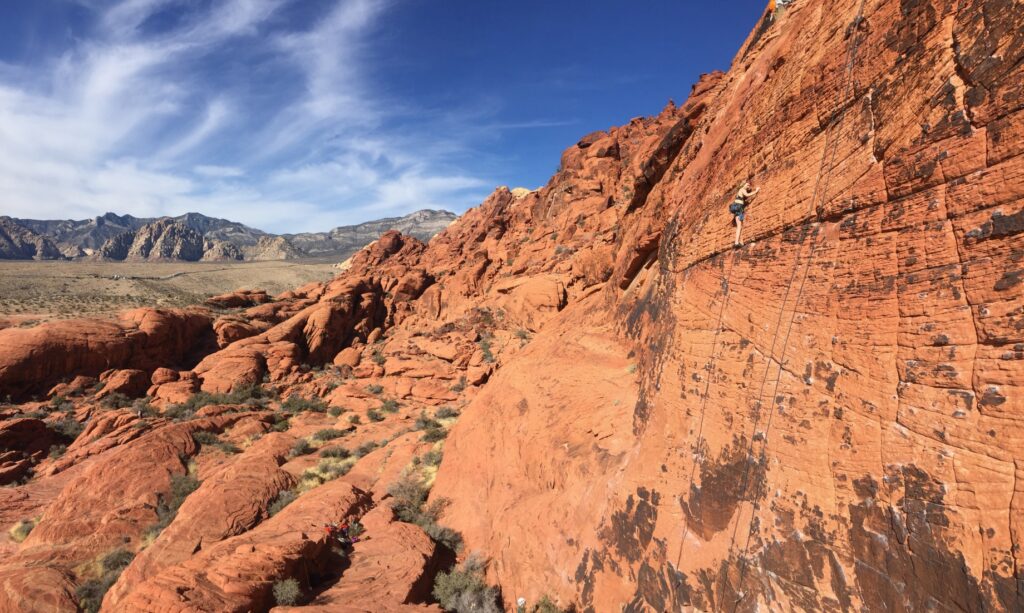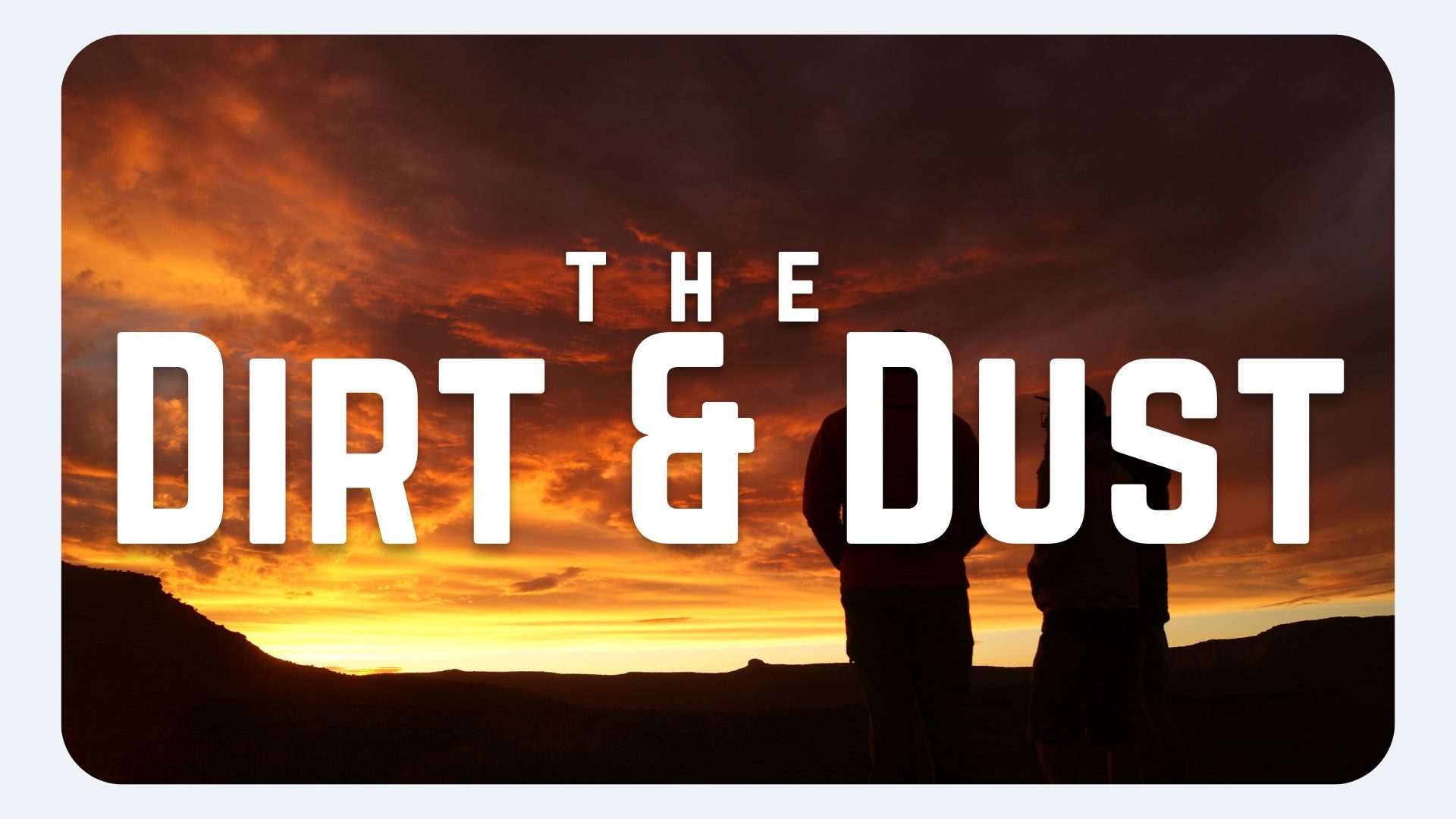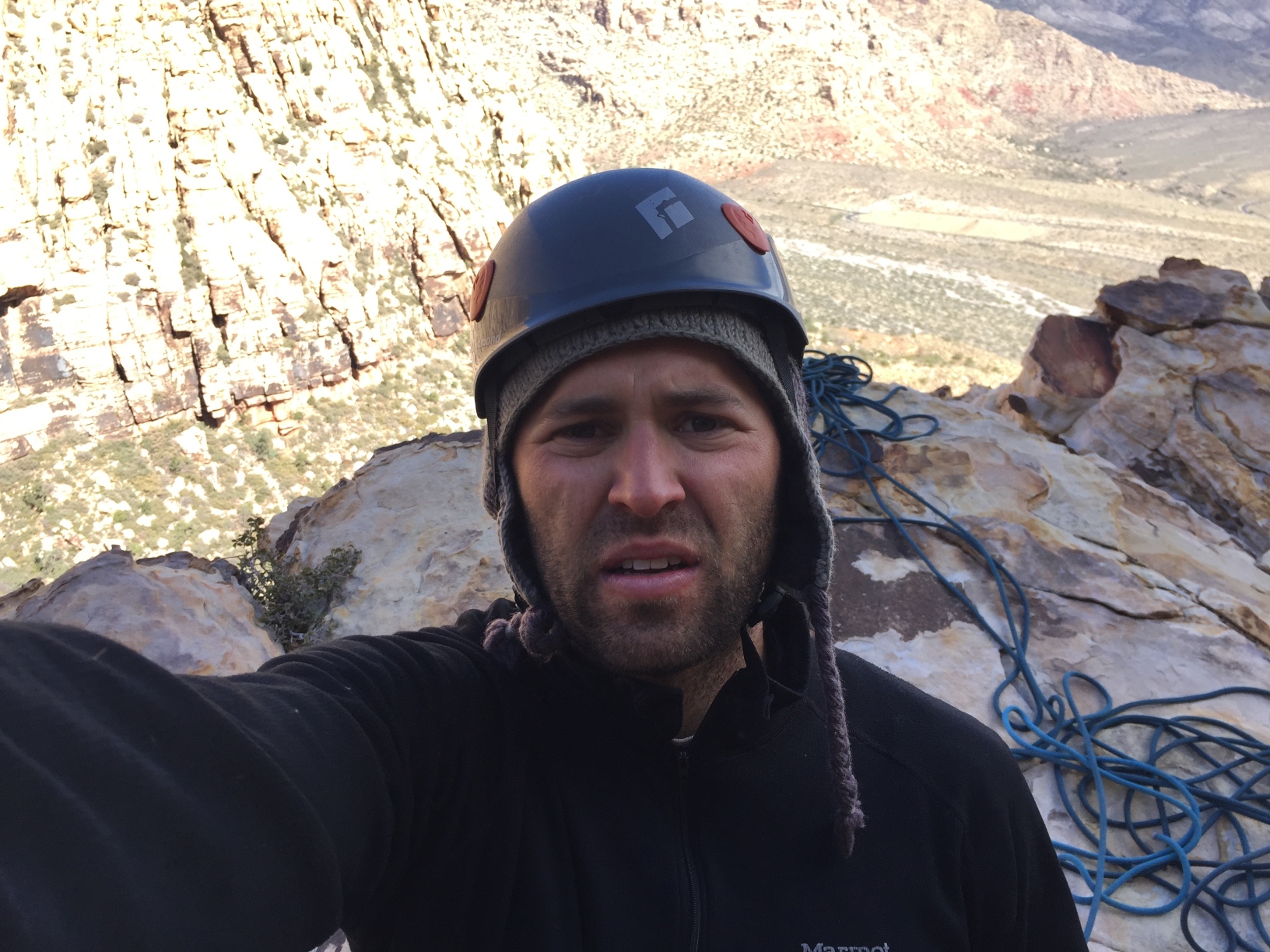How am I not A.I.? Climbing in Red Rocks.
I recently read a newsletter about how A.I. can help write job descriptions, lesson plans, legal documents, and marketing campaigns. Apparently it excels at mundane, garden-variety writing, which is, believe it or not, most of the writing we do. In fact, I’m sure I could give the prompt to write a blog about how to avoid sounding like A.I., and it would produce something similar to what I’ve just written. And if it can’t now, it’s in the foreseeable future, no doubt.
This begs the question: how am I not A.I.? How can I ensure (and prove to others) that I’m developing things in a human brain? My human brain! My first guess is to be unpredictable. To write zany sentences filled with unconnected fluff, like analogies between circus performers and eastern European soups. Because why would an A.I. ever want to (be programmed to) do that?
But the biggest piece that makes me not A.I. is that I can interact with spaces and develop feelings from those interactions. Another way of saying that is that I can interact with the more-than-human world: the rocks and shit.
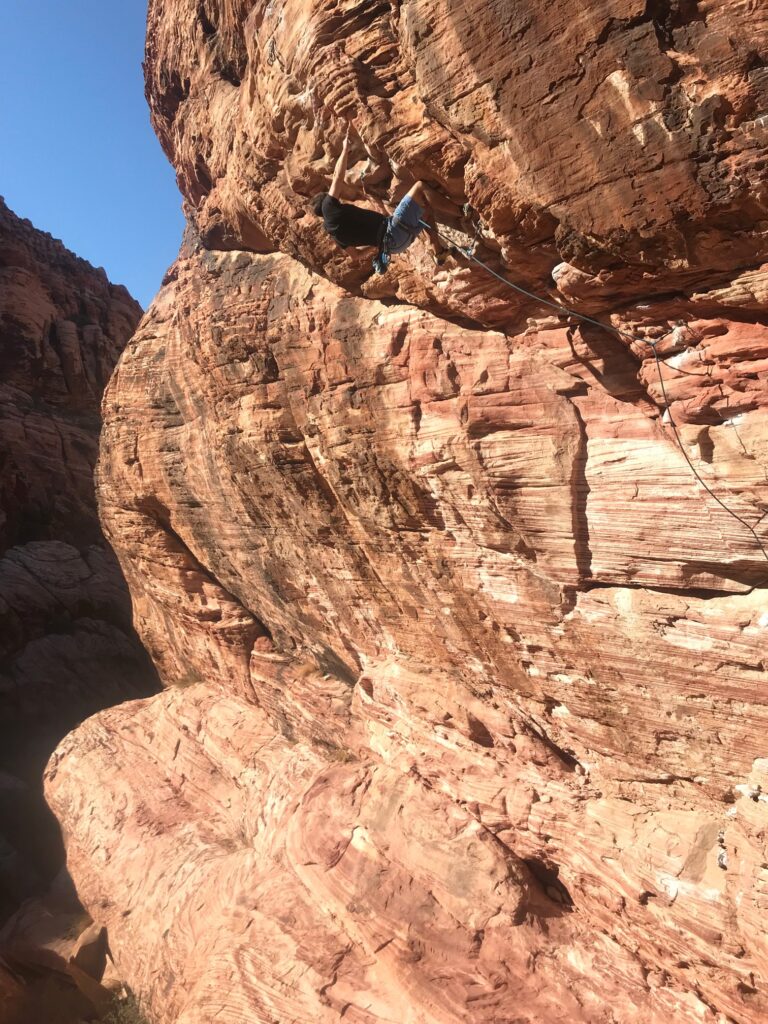
Currently no A.I. is being developed to replace your experience in the outdoors, I mean replace human experience connecting to nature. Oh sure, there’s VR simulators that plop you in a jungle or something, but A.I. is made to do human things, not more than human things. In that sense, A.I. is very anthropocentric. Which is no surprise, honestly, everything we do is pretty damn anthropocentric. Yet it’s almost as if A.I. developers just don’t think there’s much value outside of the human things we create, like job descriptions, legal documents, and lesson plans.
I honestly hope they continue to believe that. Our sense of place, of meaning, of inspiration are all inextricably linked to our world. What makes us human is inside our brains, yes, but it’s also the influence of an entire world outside. We are decidedly more than A.I. and quite different from it. Don’t believe me? Get outside and do something. Even something small like smelling a flower makes you human, like feeling the texture of a dried leaf, like hearing the wind through aspen trees.
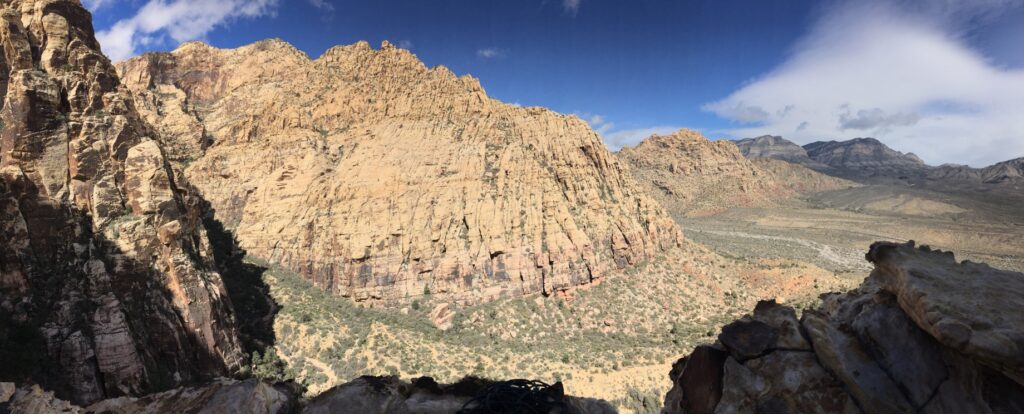
I just took a trip to Red Rocks, just outside of Las Vegas for some climbing. I love rock climbing for many reasons, but one in particular is the feel of the rock on my skin. It gives me an emotion, makes me feel grounded and safe, taps me into the geologic history of our planet. You don’t see A.I. doing that, now do you?
Even writing this, my palms are a little sweaty thinking about the sandstone, the grit of the folds and cracks, the angle of the fractures. I can feel the quartz, the feldspar, the iron oxide. It’s as if a painting has come to life and I can touch it. Or maybe I have that backwards, and this is what inspired the painting, this feeling of intimate connection with a supposedly mundane, garden-variety rock. This is what makes me human, and it’s only a part.
If you feel like A.I. is taking over our world, just remember, there’s a whole world out there.
